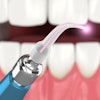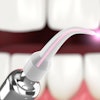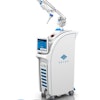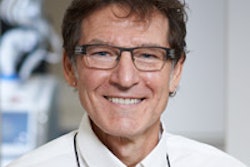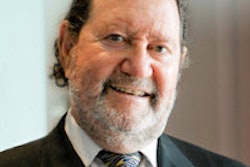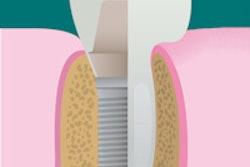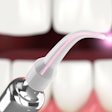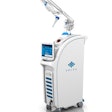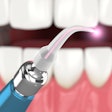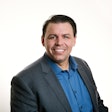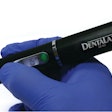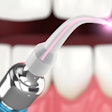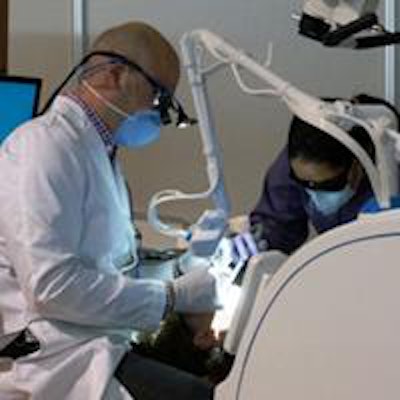
Traditional lasers used in dental practices operate at a wavelength between 2.7 and 2.9 microns. Convergent Dental of Natick, MA, has now brought a laser that operates at a wavelength of 9.3 microns to market. The Solea laser received FDA clearance for ablation of hard tissue for caries removal and cavity preparation in July 2013, after receiving clearance for soft tissue indications in February 2013.
At the recent Yankee Dental Congress in Boston, Convergent CEO Michael Cataldo sat down with DrBicuspid.com to talk about the advantages of a 9.3-micron laser, how it benefits both dentist and patient, and the reception this device is receiving from practicing dentists.
Cataldo said dentists who use Solea are saying they are doing "95% anesthesia-free dentistry." He broke that statistic down further.
“95% of patients don't feel any pain.”
Dental
The dentists report that "95% of patients don't feel any pain," he said, adding that "50% [of patients] feel nothing; 45% feel cold or some pressure; and 5% say they feel some pain. We are very excited about that."
Solea is the first 9.3-micron CO2 computer-aided preparation dental laser system on the market, according to the company. The laser can cut hard tissue and also do incisions, excisions, vaporizations, coagulation, and hemostasis of soft tissue.
The inspiration behind the laser was research published by the University of California, San Francisco (UCSF) and other institutions on the effectiveness of the 9.3-micron wavelength, Cataldo said.
"Most existing lasers operate at a wavelength of between 2.7 and 2.9 microns," he said. "[These wavelengths] are absorbed by water but very little by enamel, so they cut by expanding the water in the enamel, which then chips it away. But UCSF and other institutions published that the wavelength between 9.3 and 9.6 microns nears the peak absorption of enamel."
Convergent realized that if you can find a way to deliver that wavelength in a cost-effective, size-effective dental laser, then you can vaporize the enamel itself rather than chipping if off in chunks by vaporizing the water inside the enamel.
When UCSF did their research, they used a 500-watt laser, Cataldo said.
"We figured out you only need 500 watts at peak, so Solea, today, is close to 500 watts but the average is 25 watts, that's not to the tooth, just what it uses," he said. "We figured out how to create a laser in a tube that's a couple of feet long that would easily fit into a dental operatory."
During the three years of development, Convergent found that when a 9.3-micron wavelength is delivered in its native form, dentists had a difficult time cutting," Cataldo said.
 David Fantarella, DMD, uses the Solea laser on a patient. Image courtesy of Convergent Denta.
David Fantarella, DMD, uses the Solea laser on a patient. Image courtesy of Convergent Denta.
"That was the inspiration for the computer controls. We are calling it the first computer-aided preparation system in dentistry," he said.
Inside the handpiece are computer-controlled motors called galvos. Galvos move mirrors inside the handpiece 10,000 times a second, according to Cataldo. He said that while the beam remains a constant size, it is moved into a pattern that is optimized for the tissue selection the dentist has made via the laser's computer interface.
Essentially, the laser it will pulse differently for enamel than it will for soft tissue, Cataldo explained.
One aspect that Convergent found interesting during product development was the importance of the variable speed foot pedal.
"We didn't know how important the foot pedal would be," Cataldo said. "Our dentists don't use the enamel setting, as they say it cuts too fast. They use the dentin setting and go maximum on the foot pedal, and they can back off as they get through the enamel."
This means a practitioner can get through a whole procedure without changing settings.
"What we learned is that every time the dentist has to look up from the mouth, it slows them down. The act of refocusing your vision is a big deal," Cataldo said.
One treatment aspect Cataldo is looking forward to is aiding dentists who work with patients with special needs.
"If we can take the needle, noise, and drill out of the equation, it might open up treatment possibilities for these patients," he said.
